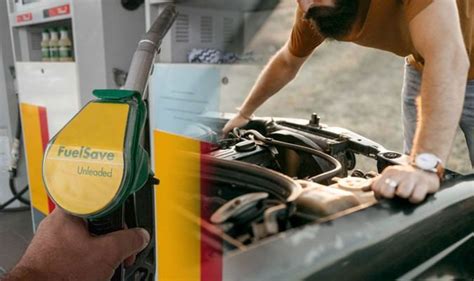Understanding E10 Fuel and Its Impact on Older Vehicles
As fuel formulations evolve, owners of classic and older cars often find themselves questioning the compatibility of modern blends with their cherished vehicles. One such blend causing significant concern is E10 fuel, which contains up to 10% ethanol. While standard for many newer cars, its widespread introduction has raised alarm bells for those driving vehicles manufactured before the turn of the millennium.
What Exactly is E10 Fuel?
E10 fuel is a blend of petrol (gasoline) and up to 10% ethanol, a type of alcohol derived from renewable sources like corn or sugar cane. Its introduction is largely driven by environmental initiatives to reduce carbon emissions and reliance on fossil fuels. Historically, petrol contained a maximum of 5% ethanol (E5), which was generally tolerated by most vehicles. The increase to 10%, however, amplifies the potential for issues in certain older designs.
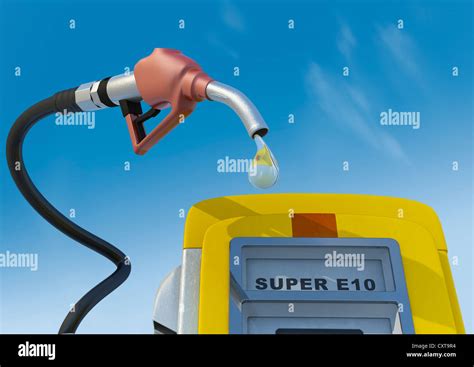
Why is E10 a Concern for Older Cars?
The primary concern stems from ethanol’s properties, which differ significantly from traditional petrol. Ethanol is a powerful solvent, meaning it can dissolve certain plastics, rubbers, and composites that were commonly used in older fuel systems. Materials like older rubber hoses, seals, and plastic components in fuel pumps or carburettors may not be designed to withstand ethanol’s corrosive nature, leading to:
- Degradation of Rubber and Plastic Components: Fuel lines, O-rings, seals, and diaphragms can swell, become brittle, crack, or dissolve, leading to fuel leaks and system failures.
- Corrosion: Ethanol can absorb water, and this water-ethanol mixture is more corrosive to certain metals, including those found in older fuel tanks, lines, and carburettors, potentially causing rust and pitting.
- Fuel System Clogging: The solvent properties can dislodge deposits and varnish built up over years in the fuel tank and lines, leading to blockages in fuel filters and carburettor jets.
- Reduced Lubrication: Ethanol provides less lubrication than petrol, which can lead to wear in older fuel pumps and carburettor components that rely on fuel for lubrication.
- Vapour Lock Issues: Ethanol can lower the boiling point of fuel, potentially contributing to vapour lock in hot engine bays, especially in older, less sophisticated fuel systems.
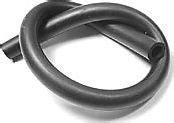
Which Cars Are Most Vulnerable?
Generally, vehicles manufactured before 2000 are at higher risk. However, it’s not a hard and fast rule. Some manufacturers began using ethanol-resistant materials earlier, while others lagged. Diesel vehicles are not affected by E10 petrol. The biggest risk is for:
- Classic cars from the 1970s, 80s, and early 90s.
- Vehicles with carburettors rather than fuel injection.
- Cars with older metal fuel tanks (prone to rust with water absorption).
- Vehicles where specific ethanol-resistant parts were not used during production.
Checking Your Vehicle’s Compatibility
Before putting E10 fuel in your older car, it’s crucial to verify its compatibility. The most reliable sources are:
- Manufacturer’s Website: Many car manufacturers provide online compatibility checkers or lists.
- Owner’s Manual: Consult your car’s original owner’s manual. It may specify approved fuel types.
- Dealership or Specialist: Contact a main dealer or a reputable specialist for your car’s make and model.
- Government Resources: In countries where E10 is introduced, government bodies often provide compatibility guidance (e.g., gov.uk in the UK).
If your car is not listed as compatible, it’s safer to assume it isn’t.
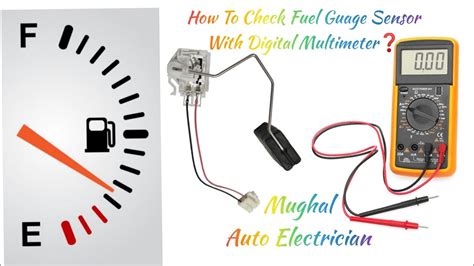
What if Your Car Isn’t Compatible?
If your car is not deemed compatible with E10, you have several options:
- Use E5 Fuel: Where available, premium unleaded fuels often remain E5 (containing up to 5% ethanol) or are sometimes completely ethanol-free. This is often the safest choice.
- Additives: Certain fuel additives claim to protect against ethanol’s harmful effects. While they can offer some protection, they are not a guaranteed solution and should not be relied upon as the sole defence for a highly incompatible vehicle.
- Fuel System Upgrades: For dedicated enthusiasts, a more permanent solution involves upgrading vulnerable components of the fuel system (hoses, seals, fuel pump, carburettor components) with modern ethanol-resistant alternatives. This can be a costly but effective long-term solution.
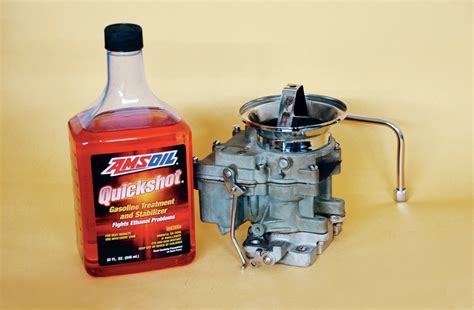
Tips for Older Car Owners Running on E10 (if compatible or with care)
- Regular Checks: Frequently inspect fuel lines, connections, and the carburettor for signs of leaks or degradation.
- Avoid Long-Term Storage: Ethanol can separate from petrol over time, especially with moisture. If storing your car, drain the fuel or use a fuel stabilizer specifically designed for ethanol blends.
- Full Tank: Keep your fuel tank as full as possible to reduce condensation and the accumulation of water, which can exacerbate ethanol-related problems.

Conclusion
While E10 fuel is becoming the standard, its suitability for older vehicles is far from universal. Owners of classic cars and vehicles manufactured prior to the early 2000s should exercise caution and thoroughly research their car’s compatibility. Prioritizing the correct fuel or taking preventative measures can save you from costly repairs and ensure your beloved older car continues to run smoothly for years to come.
